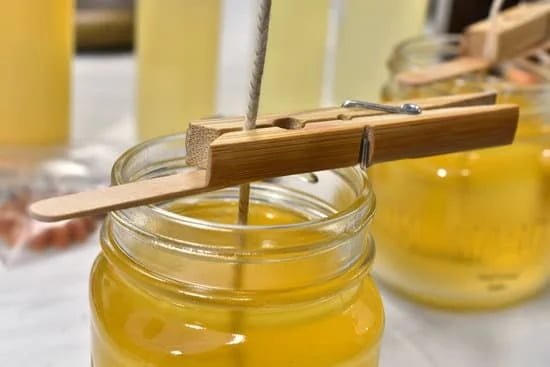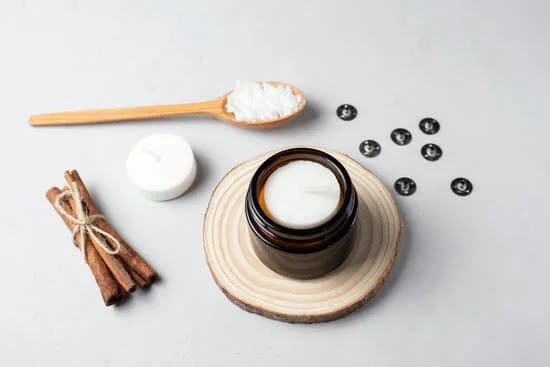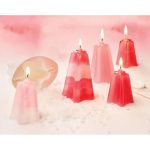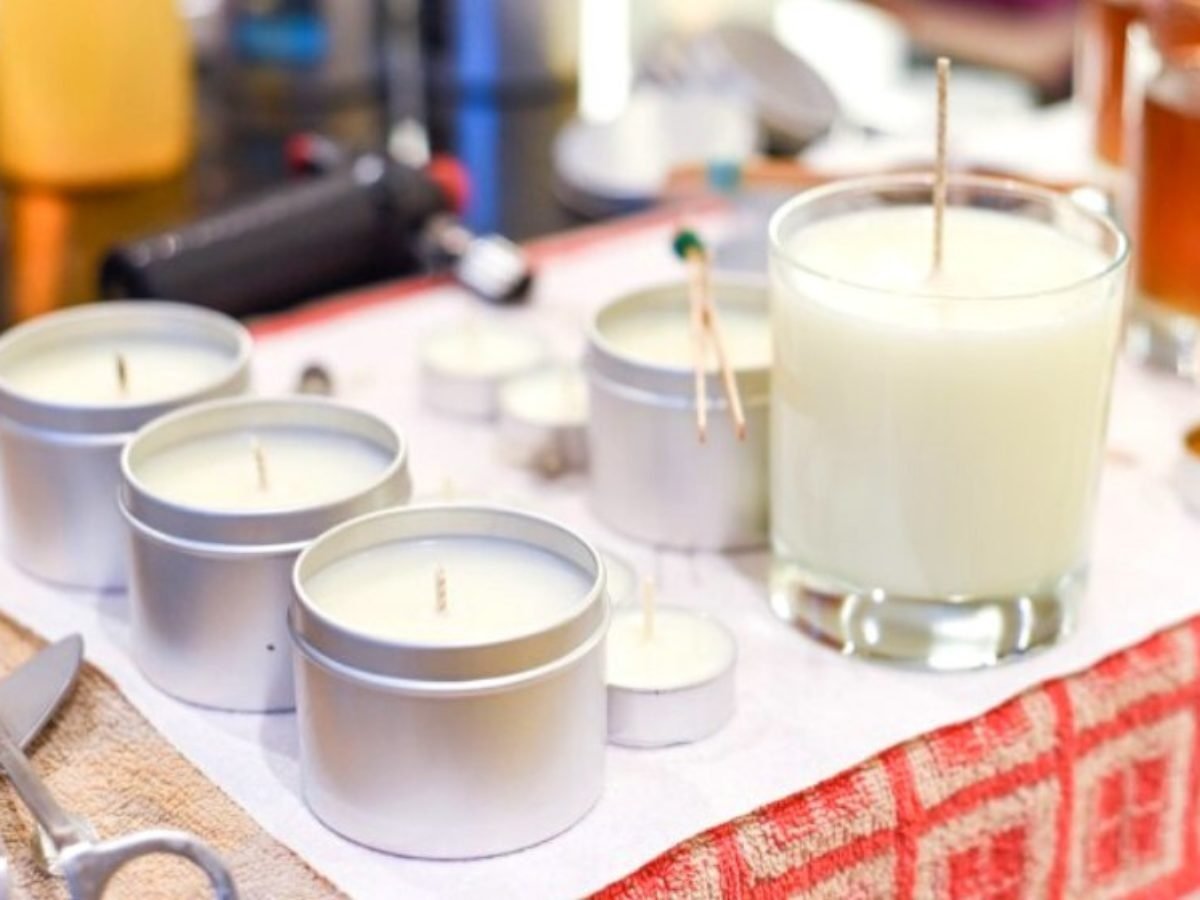Are you looking to learn how to mix fragrances for candle making? Learning the art of blending scents is an essential skill for creating unique and aromatic candles.
Whether you’re a beginner or an experienced candle maker, understanding how to combine different fragrances can take your creations to the next level. In this article, we’ll explore the basics of mixing fragrances for candle making, from understanding fragrance notes to tips for choosing complementary scents and experimenting with essential oils and fragrance oils.
When it comes to creating beautifully scented candles, knowing how to mix fragrances is key. Understanding the different fragrance notes – top, middle, and base – is crucial in achieving a well-balanced scent profile in your candles. By mastering the art of combining these notes, you can create custom blends that captivate the senses and enhance the ambiance of any space.
In addition to understanding fragrance notes, choosing complementary fragrances is also important when mixing scents for candle making. By selecting scents that harmonize and enhance each other’s characteristics, you can achieve more complex and captivating aromas in your candles. Whether you prefer floral, citrusy, woody, or herbal scents, knowing how to pair them effectively is essential for creating memorable candles.
Understanding the Basics of Fragrance Notes
When it comes to creating your own unique candle fragrances, understanding fragrance notes is an essential first step. Fragrance notes are the different scents that make up a fragrance, and they are typically divided into three categories: top notes, middle notes, and base notes. Each of these notes plays a crucial role in the overall scent profile of your candle.
Top Notes
Top notes are the first scents you will notice when you smell a candle. These are often light, fresh, and citrusy fragrances that create an initial impression. Some common top note scents include lemon, bergamot, and grapefruit.
Middle Notes
Middle notes are often referred to as heart notes and they make up the body of the fragrance. These scents emerge once the top notes have faded and tend to be warmer and more balanced. Examples of middle note scents include lavender, rose, and geranium.
Base Notes
Base notes are the foundation of the fragrance and provide depth and richness to the overall scent. These scents become more prominent as the candle burns and can include musk, vanilla, sandalwood, or patchouli.
Understanding how these different fragrance notes interact with each other is essential in creating a well-balanced scent for your candles. Once you have a good grasp on fragrance notes, you can begin to experiment with creating your custom blends that offer complexity and depth to your candles.
With this knowledge in mind as well as tips for choosing complementary fragrances (SECTION 3), mixing techniques for maximum scent throw (SECTION 4), experimenting with essential oils and fragrance oils (SECTION 5), common mistakes to avoid when mixing fragrances (SECTION 6), you’re well on your way to mastering the art of mixing fragrances for candle making.
Tips for Choosing Complementary Fragrances
When it comes to making candles, choosing complementary fragrances is essential for creating a unique and appealing scent. Here are some tips for selecting the perfect combinations:
- Consider the fragrance notes: Understanding the basics of fragrance notes is crucial when choosing complementary fragrances. Whether you’re working with essential oils or fragrance oils, knowing the top, middle, and base notes will help you create a well-balanced blend.
- Balance strong and subtle scents: When mixing fragrances for candle making, it’s important to strike a balance between strong and subtle scents. For example, pairing a powerful floral scent with a more delicate fruity note can create a harmonious and appealing aroma.
- Experiment with different scent families: Mixing fragrances from different scent families can lead to unexpected and delightful combinations. Try blending floral and woody scents, or citrus and herbal notes to create unique aromas that stand out.
By following these tips, you can master the art of choosing complementary fragrances for your candle making endeavors. Remember that experimentation is key – don’t be afraid to mix and match different scents to discover new and captivating blends. With practice and patience, you’ll be able to create candles with irresistible aromas that will delight your senses.
Mixing Techniques for Maximum Scent Throw
When it comes to creating scented candles, the way you mix fragrances can greatly impact the scent throw, or the strength of the fragrance when the candle is burning. Here are some techniques for achieving maximum scent throw in your homemade candles:
1. Layering Fragrances: One effective technique for mixing fragrances is layering. This involves pouring one fragrance at a time in layers as you fill your candle container. For example, if you want to create a vanilla lavender-scented candle, you would pour a layer of melted vanilla-scented wax followed by a layer of melted lavender-scented wax. This method allows each fragrance to stand out while still blending together for a unique scent experience.
2. Mixing in the Pour Pot: Another method for blending fragrances is to mix them directly in your pour pot before pouring the wax into your candle container. You can carefully measure and combine different fragrance oils or essential oils in the desired ratio before adding them to the melted wax. This ensures an even distribution of scents throughout the entire candle.
3. Using Pre-Blended Fragrance Oils: If you’re new to candle making or want a convenient option, consider using pre-blended fragrance oils specifically designed for candle making. These blends are already mixed and balanced by professionals, taking out any guesswork on how to mix fragrances for candle making.
By utilizing these techniques, you can create beautifully scented candles with a strong scent throw that will fill any room with delightful aromas.
Experimenting With Essential Oils and Fragrance Oils
Adding essential oils and fragrance oils to your candle-making process can take your creations to the next level. The key is understanding how to balance these scents, so they not only complement each other but also provide a pleasant aroma when the candle is burned. The first step in learning how to mix fragrances for candle making with essential oils and fragrance oils is familiarizing yourself with the individual scents.
When working with essential oils and fragrance oils, it’s crucial to understand the concept of fragrance notes. These notes are categorized as top, middle, and base notes. Top notes are what you smell first when you light a candle, whereas middle notes become evident after the candle has been burning for some time, and base notes provide a lasting scent that lingers even after the candle has been extinguished.
Another essential aspect of mixing fragrances for candle making involves experimenting with different combinations of essential oils and fragrance oils. Instead of sticking to traditional pairings, try blending unexpected scents together to create something unique and memorable. Keep in mind that some essential oils and fragrance oils have stronger scents than others, so it’s important to find a balance to avoid overpowering your candles.
It’s also important to consider the marketability of your custom blends when making candles for sale. Understanding popular fragrance trends and creating unique combinations that set your candles apart from others can help boost sales and attract customers looking for something different. By carefully selecting complementary fragrances that appeal to a wide audience, you can create products that stand out in the marketplace.
| Fragrance Notes | Types |
|---|---|
| Top Notes | First scent when lit |
| Middle Notes | Evident after burning |
| Base Notes | Lasting scent even after extinguishing |
Common Mistakes to Avoid When Mixing Fragrances
When it comes to mixing fragrances for candle making, there are some common mistakes that beginners often make. By being aware of these mistakes, you can avoid them and create the perfect scented candles every time.
Overwhelming Scents
One common mistake when mixing fragrances for candle making is using too many strong scents at once. This can result in an overwhelming combination that may not appeal to everyone. To avoid this, start with just two or three complementary fragrance oils and test them in small batches before committing to a larger production.
Ignoring Fragrance Notes
Another mistake is ignoring the fragrance notes of the oils being used. It’s important to understand the top, middle, and base notes of each fragrance and how they will blend together. Ignoring these notes can result in a final product that lacks depth and complexity.
Not Measuring Properly
Proper measurement is crucial when mixing fragrances for candle making. Using too much or too little of a certain oil can throw off the balance of the entire blend. Be sure to use precise measurements and keep track of your recipes for future reference.
By avoiding these common mistakes, you can successfully create beautifully scented candles through careful blending of fragrance oils and essential oils. Remember to experiment, take note of what works best for you, and have fun with creating unique combinations that suit your personal preferences or those of your customers.
Creating Unique and Custom Blends
One of the most exciting aspects of candle making is the opportunity to create your unique and custom fragrance blends. Whether you are making candles for personal use or starting a candle-making business, creating custom blends can set your products apart from others in the market. Mixing fragrances for candle making requires a good understanding of fragrance notes and an adventurous spirit to experiment with different combinations.
When creating custom blends, it’s essential to start with a clear vision of the type of scent you want to achieve. Consider the mood or atmosphere you want your candles to evoke, whether it’s a calming and relaxing scent for a spa-like experience or a refreshing fragrance for a lively environment. Understanding the basic principles of fragrance notes – top, middle, and base notes – will help you in this process.
Experimenting with essential oils and fragrance oils can lead to some truly unique blends that customers will love. Essential oils such as lavender, eucalyptus, and citrus can add natural aromas, while fragrance oils offer an extensive range of artificial scents like vanilla, cinnamon, and ocean breeze. By combining these different types of oils in various ratios, you can create enticing fragrances that appeal to a wide range of preferences.
| Tip | Data |
|---|---|
| Understanding Fragrance Notes | It is important to understand the basic principles of fragrance notes (top, middle, base) when creating custom blends. |
| Experimenting with Oils | Essential oils like lavender and eucalyptus combined with fragrance oils like vanilla or cinnamon can result in unique candle scents. |
| Mood Setting | Consider the atmosphere you want your candles to create when designing custom blends. |
Final Thoughts and Tips for Success in Candle Making With Mixed Fragrances
In conclusion, learning how to mix fragrances for candle making can be a fun and rewarding experience for both beginners and experienced candle makers. Understanding the basics of fragrance notes and selecting complementary scents are essential in creating well-balanced and pleasing aroma combinations. By experimenting with essential oils and fragrance oils, you can customize unique blends that stand out in the market.
When it comes to mixing techniques for maximum scent throw, it is important to take into consideration the type of wax, wick, and container used for your candles. Taking note of common mistakes to avoid such as overpouring or using too many different fragrances at once can help create a successful outcome.
Moreover, creating unique and custom blends will set your candles apart from others in the market. With careful thought and experimentation, you can develop signature scents that appeal to a wide range of customers and make your brand stand out. With these final thoughts and tips for success in candle making with mixed fragrances, you are well on your way to becoming an expert at creating beautifully scented candles that people will love.
Frequently Asked Questions
How Do You Combine Fragrance Oils for Candles?
Combining fragrance oils for candles requires careful consideration of the scents you want to blend. Start by choosing complementary fragrance oils that will work well together when combined.
It’s essential to measure the fragrance oils precisely to ensure the right balance and intensity of scent in the finished candle. Experimenting with small test batches can help you determine the best combination of fragrance oils for your candles.
What Is the Formula for Adding Fragrance to Candles?
The formula for adding fragrance to candles involves calculating the appropriate amount of fragrance oil based on the volume of wax being used. Typically, a general guideline is to add about 1 ounce of fragrance oil for every pound of wax.
However, this can vary depending on the specific strength of the fragrance oil and personal preference. It’s crucial to follow safety guidelines and manufacturer recommendations when determining the formula for adding fragrance to candles.
What Is the Ratio for Mixing Fragrance Oils?
The ratio for mixing fragrance oils in candles often depends on personal preference and the concentration of each individual oil. A common starting point is to use approximately 6-10% fragrance oil by weight in relation to the amount of wax being used.
However, some fragrances may require a lower or higher ratio for optimal scent throw in a candle. Testing different ratios and keeping detailed records can help you find the right balance when mixing fragrance oils for candles.

Welcome to my candle making blog! In this blog, I will be sharing my tips and tricks for making candles. I will also be sharing some of my favorite recipes.





